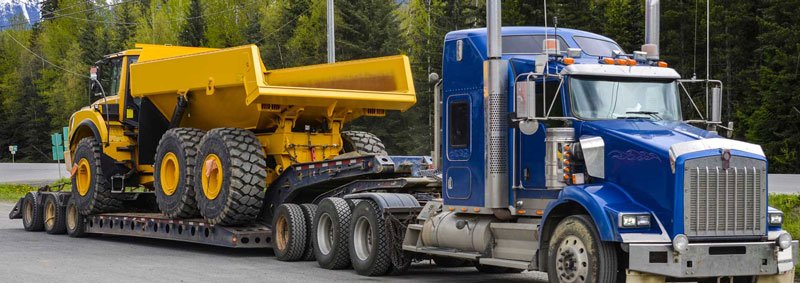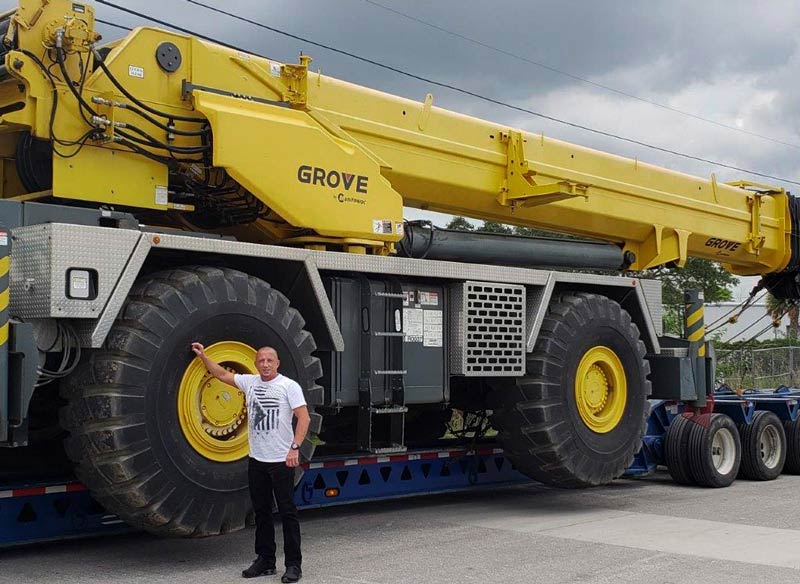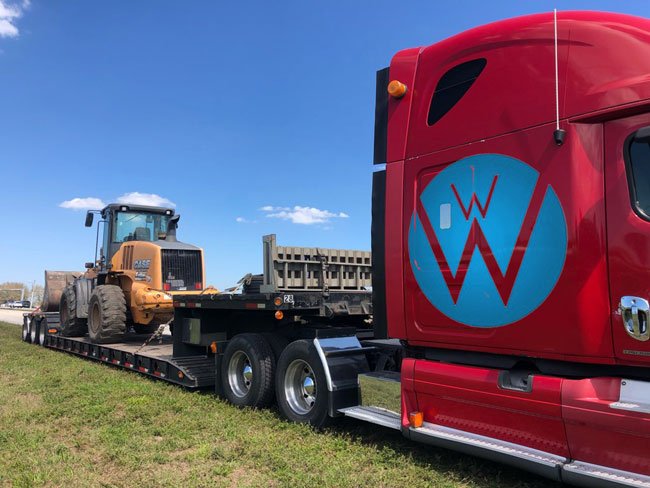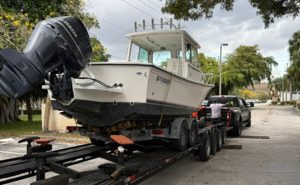[templatera id=”65638″]
History of Oversize Equipment Shippers
History of Oversize Equipment Shippers. Oversize equipment shipping is something that has been around for years. As the United States and other countries became more industrialized, the equipment that was used to establish this industrialization began to increase in size and the locations that the equipment had to get to began to expand. It was during this time that the need for reliable oversize equipment shippers began to form.
Until the early 19th century, goods were typically transported by flatboats or rafts. In 1807, the first successful steamboat service on the Hudson River was established. It was during this time that steamboat cargo transports were really established in the United States.
In addition to carrying passengers, these steamboats carried tons of cargo up and down rivers and coasts. In the 1830s, the first commercial railroads began operating. Shipping by train became the preferred and efficient method of transporting.
In 1869, the Union Pacific Railroad and the Central Pacific Railroad merged to create the Transcontinental Railroad. After this merging, by the year 1890 railroads were transporting more than 690 million tons of cargo per year.

In the 1930s, automobiles became popular and business owners began utilizing trucks to deliver goods to customers and other locations.
In 1956 the creation of the Interstate Highway System contributed to the major growth in the trucking industry. Currently, trucks are responsible for a major percentage of U.S. commercial shipping. And surprisingly, all-cargo commercial airline companies were not established until after World War II.
As the oversize equipment shipping industry grew, the need for more established regulations also was established. In the early years, oversize equipment shipping was pretty much unregulated. It was during this period of time that due to a lack of regulations drivers had the freedom to operate with very few guidelines.
There were very few guidelines, which also meant there were very few penalties. There were very few safety guidelines as well. Oversize equipment shippers, basically self-regulated themselves. This means there was no consistency in the industry.
By definition, oversize equipment is equipment that exceeds the standard legal size or weight as defined by the Department of Transportation. The Department of Transportation is the collective governing body that regulates the transporting of oversized equipment.
They establish such things as the threshold for permitting requirements, per axle load limitations, and route surveys for transporting oversized equipment. It is important to understand that although each state has its own Department of Transportation, collectively this governing body has basic guidelines that are consistent from state to state.
There may be some minor differences in escorting requirements or permit restrictions, but for the most part, these agencies are pretty consistent from state to state.
Keep in mind that legal dimensions and weights may vary between states, countries, and regions within a country. Most transport companies that are based in the United States also transport internationally. For example, our company transports to all 50 states including Hawaii and Alaska. We also serve an additional 11 countries.
We are required to know the requirements for shipping within the United States and to all of the other countries that we transport to as well.
Examples of oversize equipment include construction machines such as cranes, front loaders, backhoes, and dump trucks. Pre-built homes, containers, construction elements, generators, windmill propellers, and industrial equipment are also considered oversize equipment.
In the United States, an oversize load is a vehicle or load that is wider than 8 ft 6 in. The individual state has different requirements regarding height and length, most states are 13 ft 6 in tall, and drivers must purchase a permit for each state he/they will be traveling through.
These permits are issued by the Department of Transportation and must be issued before a driver can transport the load.
In many states, a load must be considered “nondivisible” to qualify for a permit (i.e. an object which cannot be broken down into smaller pieces), although some states allow divisible loads to be granted permits. It is illegal for a load that requires permits to be transported without the issuing of the permits.
Also, permitted loads can have transport restrictions as well. Depending on the state, permitted loads may only be transported during daylight hours, Monday – Friday. Permitted loads cannot be transported on the weekends unless special arrangements have been made.
Oversize loads present a hazard to roadway structures as well as to road traffic. Because they exceed clearances there is a risk that oversized vehicles can hit bridges and other overhead structures. Over-height vehicle impacts frequently cause damage to bridges, and truss bridges are particularly vulnerable, due to having critical support members over the roadway.

All countries have different regulations to permit oversize/overweight loads. Permits may be issued for a specific load, for a specific period of time, or to a specific company. In most places, the permit outlines the exact route a transporter must take, and includes clearance warnings. There are some exceptions. In Washington State, drivers are responsible for choosing their own route.
This places the liability back on the driver. This is why it is even more important to choose a reputable company with reputable drivers. Ordinarily, roads are built in a way that the accessibility of the roadways is for standard-sized vehicles with dimensions within the standard legal limits to safely (though not necessarily easily) drive and turn.
Roads that do not allow large vehicles may be marked with traffic signs. These may include per-axle load, height, width, or overall length limits.
In this ever-changing world that we live in, we see every day that the needs of customers and their shipping needs are ever-evolving. There will always be someone who needs to ship something.
And in this industry, you have to be able to adapt to the needs of the customers. It is the customer who is the driving force in this industry. Transport companies are established by being able to meet the needs of the customers.
History of Oversize Equipment Shippers Suggested/Important Links
- Heavy Equipment Transport Company
- Hauling Oversize Loads
- Oversized Shipping & Heavy Hauling
- Top 3 Major Heavy Equipment Shipping Company in the United States
- Best 4 Car Shipping Companies in the US
- Hauling Oversize Loads Company
- California Heavy Equipment Transport




